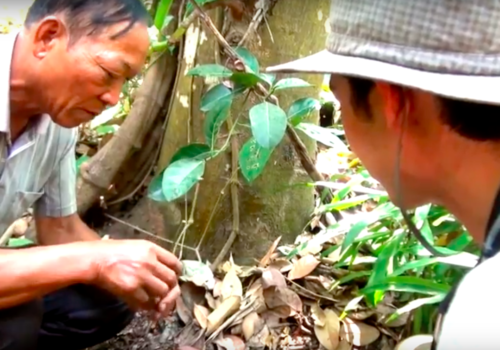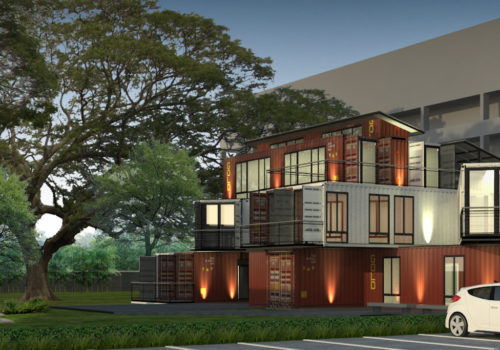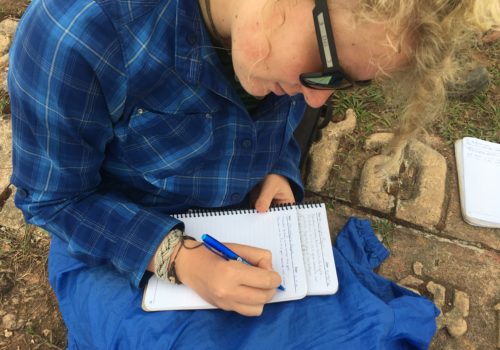As most folks who have been paying attention to the news know, there has been an on-going protest in Bangkok for about four weeks by a group known as the “red shirts” who, among other things, are opposed to the current Abhisit administration, and support Taksin, a former prime minister in exile and convicted on corruption charges. It hasn’t impacted our program at all, nor disrupted much of normal life in Thailand outside of the immediate area of the protests. Nonetheless, we thought it would be good to let people know a bit of the background, and what is happening.
It is complicated (as politics in Thailand tends to be), but over the last two years there have been ongoing protests from both the “yellow shirts”, loosely representing pro-elite and monarchist elements, and opposed to the supporters of the former prime minister Taksin. (It was the yellow shirts who briefly took over the international airport two years ago.) The other group is the “red shirts” who support Taksin, and are largely drawn from rural working class Thais who benefited from Taksin’s patronage politics while he was in office. The red shirts have explicitly framed it as a class conflict (which is somewhat accurate, except for the fact that Taksin is a billionaire and funds the protests) and as a pro-democracy movement (which some argue is open to debate).
Of course, the third group is everyone else, who are all mostly sick of the protests from both the reds and the yellows.
For the last four weeks the red shirts have rallied in Bangkok, and recently moved to an additional site in the heart of Bangkok’s commercial district. The Thai authorities, including Abhisit, the prime minister, met with the protestors for two days to try and work out a solution, but the red shirts refused to compromise. Over the last week, protests have occurred off and on in a few places, and the Thai authorities have been careful not to use force to try and keep things non-violent. This has allowed the red shirts to expand their protests.
On Saturday (April 10) the Thai authorities decided to finally try and disperse the protesters from two sites, and the red shirts reacted by attacking the police and soldiers. Scores were injured on both sides, and there are reports that some have died. Eventually, in the face of the resistance of the red shirts, the Thai police and military backed down, fearing the conflict would escalate.
For us, we are hoping that both sides will find a way out of the deadlock they’ve boxed themselves into, and would be able to find a compromise that will address the concerns of the poor, and at the same time foster true democratic participation and not just autocratic rule validated by corrupt politics and vote buying.
For our program, we’ve not seen any impact since we are not in the places where the protests are. Life goes on normally in Thailand, but with more discussion and awareness of politics, development, and the complex relationships between class and democracy. That is significant. Those discussions are not just good for our students to be a part of, but are an important part of Thailand’s development overall.



